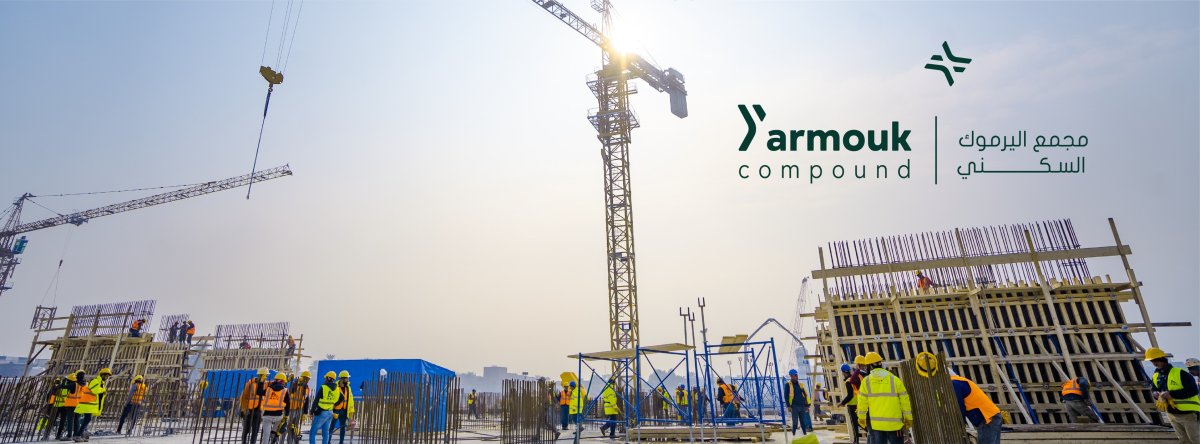"Residential apartments are considered part of the identity of many cities around the world. These residential units come in different shapes and sizes and meet the various needs of the population. In Iraq, the trend is towards transitioning from horizontal to vertical housing. In this context, the Yarmouk residential complex in Baghdad is a prominent example.
Residential Apartments: Concept and Types
Residential apartments are independent units that usually consist of a collection of rooms that perform different functions. They come in types such as luxury apartments, studio apartments, and multi-room apartments.
Residential apartments are housing units usually located within a multi-story building. Each apartment typically has an independent living space and includes rooms like the living room, bedroom, bathroom, and kitchen.
Residential apartments vary in size, design, location, price, and other factors. They can be bought or rented according to the needs and capabilities of individuals or families.
Residential apartments are a practical housing solution in big cities where land is expensive and limited. They provide accommodation for a large number of people in a limited space and contribute to alleviating traffic congestion and effectively using the land.
Residential apartments can also provide additional amenities such as security and shared services like recreational and sports facilities and maintenance services, especially in luxury apartment complexes."
History of Apartments and Their Positive Impact
Apartments have a long history dating back to ancient times. They provide available and diverse housing opportunities and contribute to the efficient and effective use of land.
The history of residential apartments can be traced back to ancient times, where there were different forms of multi-story housing.
1. **Ancient Romans**: In ancient Rome, there were multi-story buildings known as "insulae" that provided housing units for the working class and the poor. These buildings reached several stories and included small apartments.
2. **Medieval Times**: During the Middle Ages, there were some examples of multi-story housing in Europe, but they were not as common as in ancient times.
3. **Industrial Revolution**: With the onset of the Industrial Revolution in the 19th century, people began moving to cities to work in factories. This resulted in an increased demand for housing, leading to the emergence of residential apartments as an affordable and cost-effective solution.
4. **20th Century and Beyond**: In the 20th century, residential apartments became a common form of housing in cities around the world. With urbanization growing, apartments became an ideal option for many individuals and families.
The design, construction, and legal regulation of residential apartments have evolved significantly over the years, taking into account safety, comfort, environmental considerations, and other factors. Today, residential apartments exist in most cities worldwide and vary in size, luxury, and price.
The history of residential apartments in Iraq is rooted in the country's urban development and growth. Below is an overview of the history of this housing style:
**Ottoman and British Periods**
During the Ottoman and British eras, most buildings in Iraq were low-rise and horizontally constructed. But with the onset of British colonization and Iraq entering the modern age, some concepts of residential apartments began to appear.
**Independence Era and Urban Growth**
After independence in 1958, Iraq witnessed significant urban expansion. Vertical construction was encouraged as part of a strategy for urbanization and providing housing for the growing population. Baghdad was at the center of this expansion, with an increase in residential apartment construction.
**Years of Challenges and Conflicts**
During the wars and sanctions in subsequent decades, the real estate sector faced significant challenges. Most housing projects suffered, and many residential apartments' construction halted.
**Post-2003 Iraq**
After 2003, Iraq underwent substantial economic and social changes. New projects for residential apartments began to emerge, especially in major cities like Baghdad, Basra, and Erbil.
**Yarmouk Residential Complex as an Example**
The Yarmouk residential complex in Baghdad represents a modern model reflecting a new vision for vertical housing in Iraq. It blends contemporary architecture and sustainability and marks a step towards a more innovative future for housing in the country.
The history of residential apartments in Iraq reflects the country's economic, social, and political developments. This housing style remains a symbol of urbanization and modernity, holding significant potential for the future in light of the growing need for sustainable and effective housing options.
 >
>
